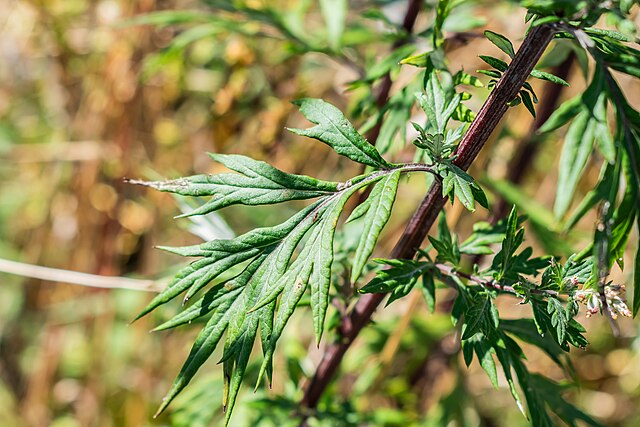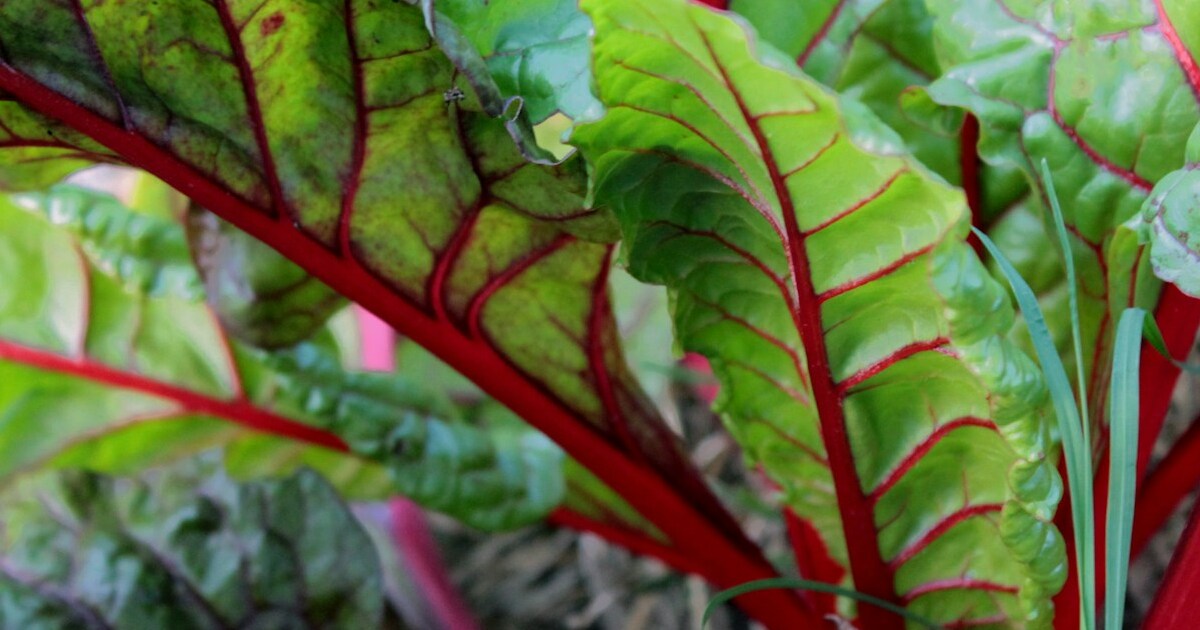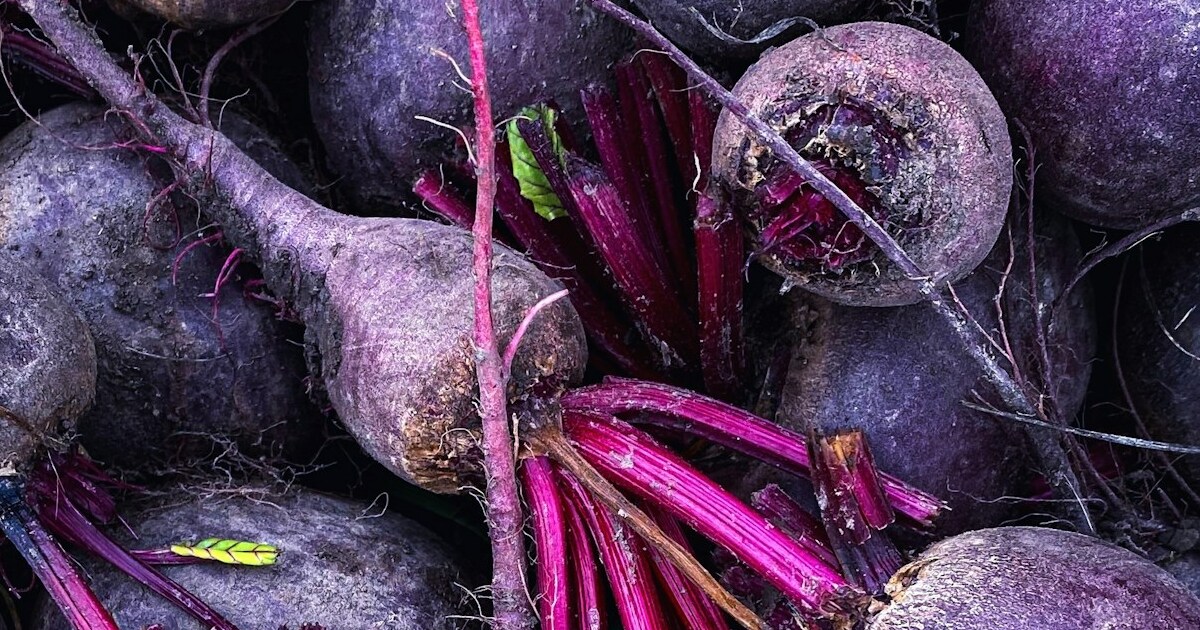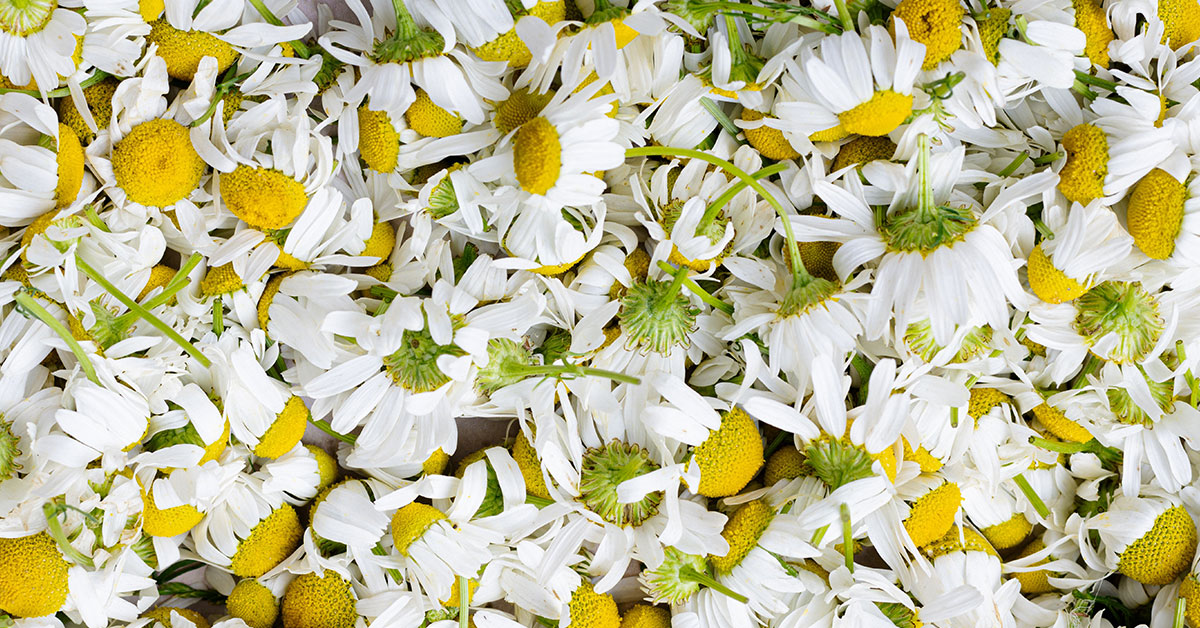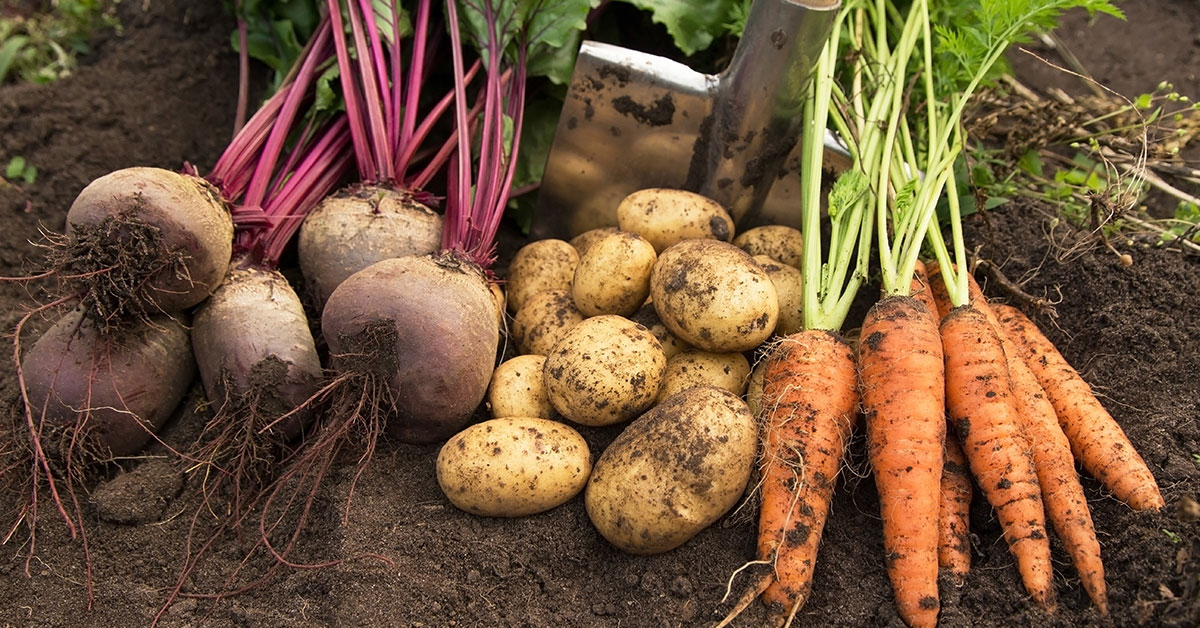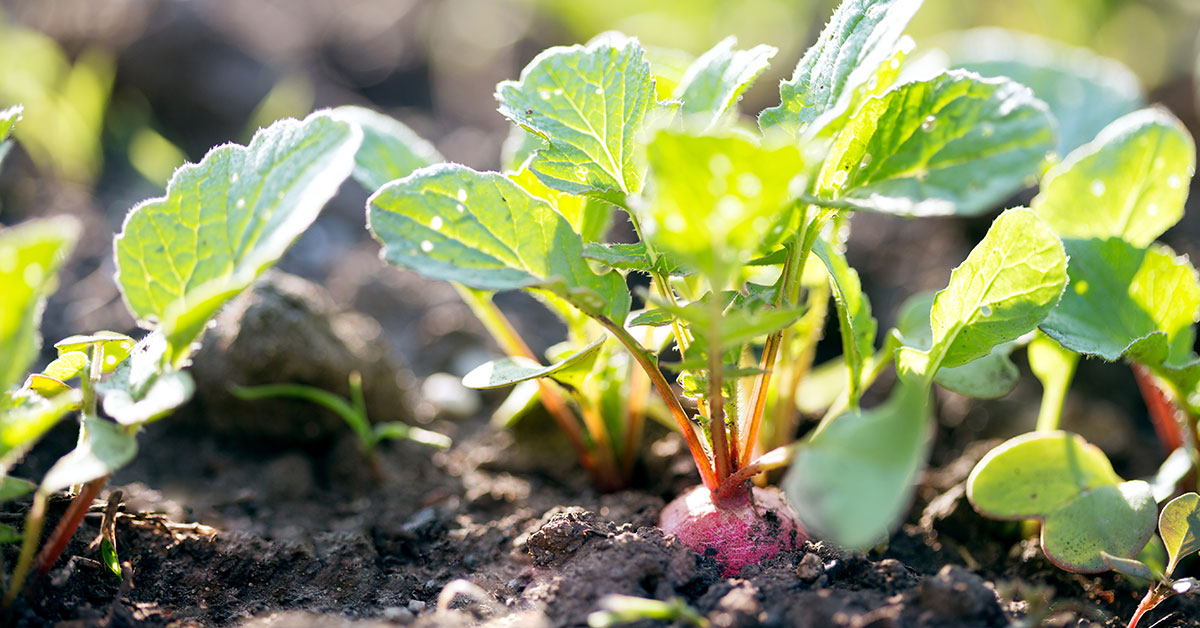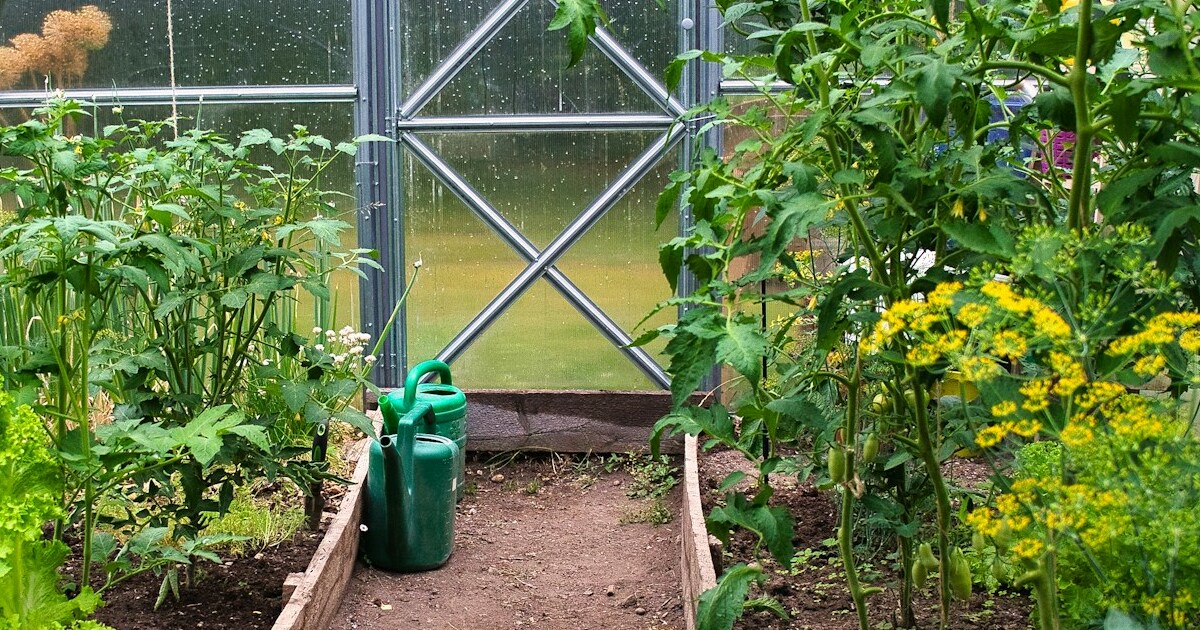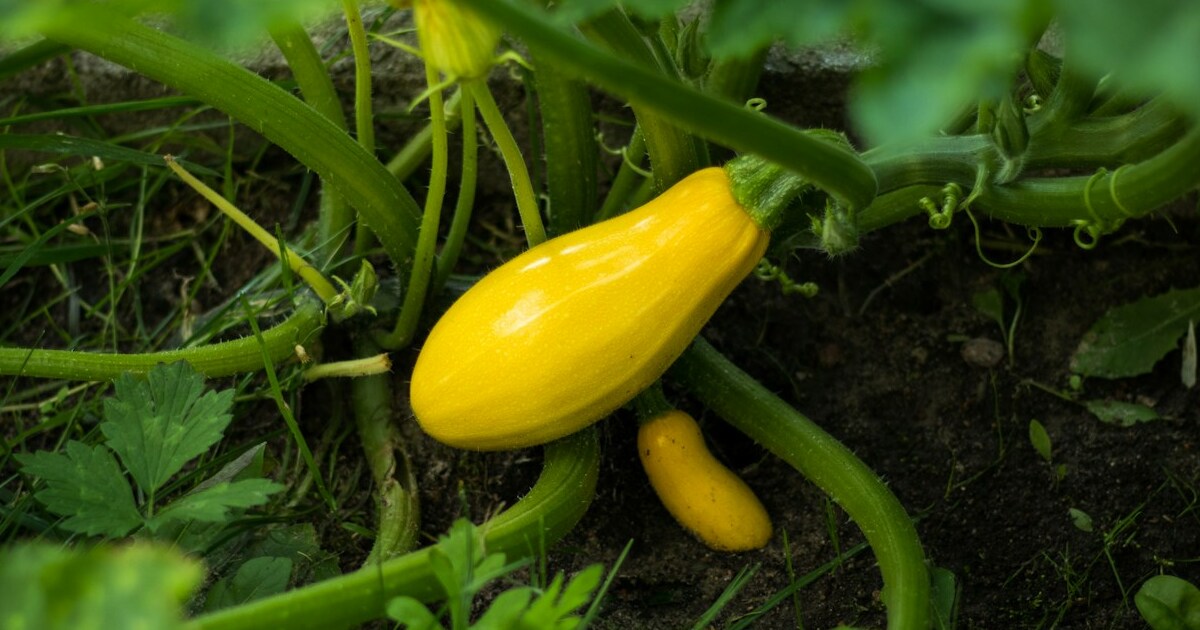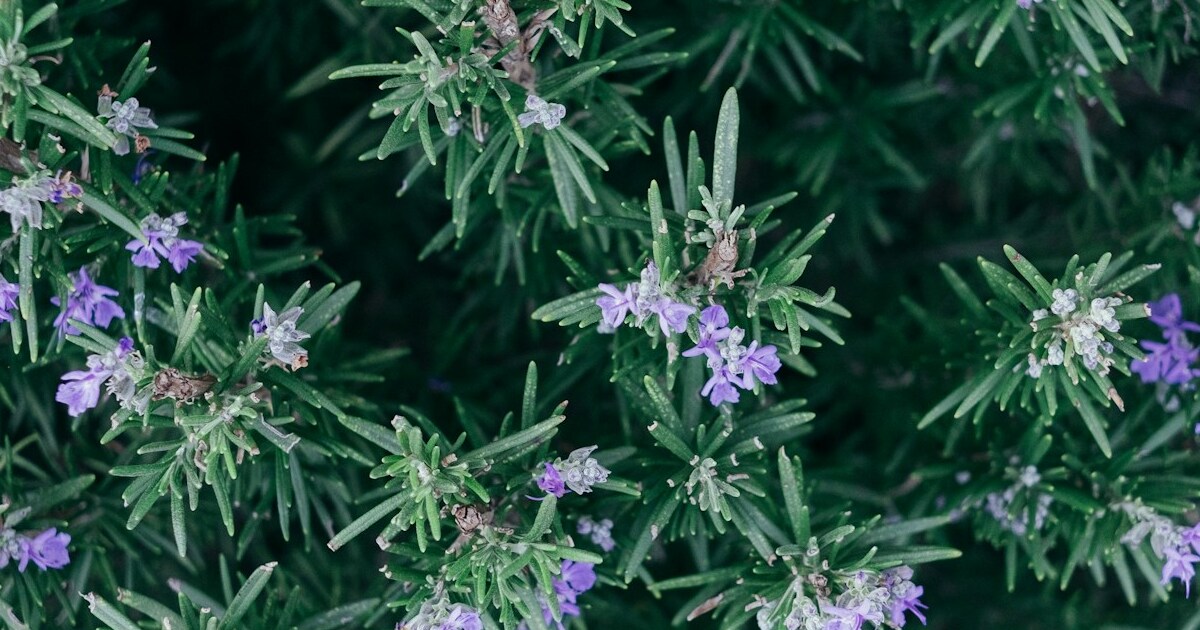Are you an apple enthusiast in the UK looking to start your own apple orchard? Well, you’re in luck! Apple trees are a fantastic addition to any garden or orchard, providing delicious fruit and adding beauty to your landscape. However, to ensure the success of your apple trees, it’s crucial to plant them at the right time. In this article, we will explore the best time to plant apple trees in the UK, taking into account the climate, soil conditions, and specific apple tree varieties.
By following these guidelines, you can set your apple trees up for optimal growth and a bountiful harvest for years to come. So let’s dig in and discover the perfect time to plant those apple trees!
Best apple tree varieties to grow in the UK
There are several good varieties of apple trees that are well-suited for growing in the UK. Here are some popular choices:
- Cox’s Orange Pippin: Known for its exceptional flavor, Cox’s Orange Pippin is a classic English apple variety. It has a crisp texture and a sweet, aromatic taste.
- Egremont Russet: This variety is famous for its distinctive russeted skin and rich, nutty flavor. Egremont Russet apples are great for eating fresh or for making cider.
- Bramley: Bramley is a versatile cooking apple, perfect for making pies, crumbles, and sauces. It has a sharp, tangy flavor and a firm texture that holds up well when cooked.
- Discovery: This early-season apple is well-loved for its sweet, juicy taste. It has a bright red skin and a crisp texture, making it great for eating fresh or for juicing.
- Gala: Gala is a popular dessert apple with a mild, sweet flavor. It has a thin skin and a crisp, juicy flesh, making it a favorite for snacking.
- James Grieve: This dual-purpose apple is excellent for both cooking and eating fresh. It has a crisp, juicy texture and a balanced sweet-tart flavor.
- Russet: Russet apples come in various varieties, such as Ashmead’s Kernel or Golden Russet. They are known for their rough, russeted skin and a sweet, nutty flavor.
- Katy: Katy is a versatile apple variety with a tangy, sweet taste. It is a good choice for both eating fresh and cooking.
Remember that apple tree varieties can vary in terms of disease resistance, pollination requirements, and suitability for different regions. It is always a good idea to consult with local nurseries or gardening experts to find the best apple tree varieties for your specific location in the UK.
When to plant apple trees in the UK
In the United Kingdom, the planting of apple trees can be done in various regions, each with its own hardiness zone. Hardiness zones are defined by the average annual minimum temperature and indicate the suitability of plants for specific areas. The UK generally falls within zones 6 to 9, with some variation across the country.
In Zone 6, which includes parts of northern England, the Midlands, and Wales, the average annual minimum temperature ranges from -5 to 0°C (23 to 32°F). In Zone 7, which covers most of southern England and parts of Wales, the average minimum temperature ranges from 0 to 5°C (32 to 41°F). Zone 8, found in southwestern England and parts of Ireland, experiences average minimum temperatures of 5 to 10°C (41 to 50°F). Finally, Zone 9, limited to some coastal areas in southwestern England and Northern Ireland, has average minimum temperatures above 10°C (50°F).
Considering these hardiness zones, the best time to plant apple trees in the UK is during the dormant season, typically between late autumn and early spring. This period allows the trees to establish their root systems before the warmer growing season begins. Planting during this time ensures that the tree has enough time to settle in and become acclimated to its new environment before facing the challenges of summer heat.
Specifically, late autumn or early winter is an ideal time for planting apple trees as they are in a state of dormancy. This allows the roots to establish themselves in the soil before the arrival of spring. However, planting can also be done in early spring, as long as the ground is not frozen or waterlogged.
Before planting apple trees, it is important to choose a suitable variety that is compatible with your specific hardiness zone. Some apple varieties are more cold-hardy than others, so selecting the right variety for your location is crucial for successful fruit production.
In conclusion, the best time to plant apple trees in the UK is during the dormant season, either in late autumn or early spring. By considering the hardiness zones and selecting appropriate apple varieties, you can ensure the successful establishment and growth of your apple trees.
When to harvest apple trees in the UK
The optimal time to harvest apple trees in the UK typically falls between late August and early November, depending on the variety of apple. Different apple varieties have different maturity and ripening times, so it’s important to know the specific variety you are growing. You can usually tell when apples are ready for harvest by their color, firmness, and taste. Mature apples should have reached their full color, be firm to the touch, and have a sweet or tart flavor, depending on the variety. It’s best to monitor your apple trees closely and harvest the fruit when it meets these criteria.
Other considerations
When growing apple trees in the UK, there are several other considerations to keep in mind:
- Climate: Different apple varieties have different temperature and chilling requirements. Ensure that you select apple tree varieties that are suitable for the local climate in the UK. Look for varieties that are known to thrive in your specific region.
- Soil: Apple trees prefer well-draining soil that is rich in organic matter. Conduct a soil test to determine the pH level and nutrient content of your soil. Adjust the soil pH if necessary and amend it with organic matter, such as compost or well-rotted manure, to improve its fertility and structure.
- Sunlight: Apple trees require full sun exposure to thrive and produce abundant fruit. Choose a location in your garden or orchard where the apple trees will receive at least 6-8 hours of direct sunlight every day.
- Pollination: Most apple tree varieties are not self-pollinating, so it’s essential to ensure proper cross-pollination for fruit production. Plant at least two different apple tree varieties that bloom simultaneously to maximize pollination. Alternatively, you can also use a compatible pollinator tree or consider grafting different varieties onto the same tree.
- Pruning and Training: Regular pruning and training are essential for maintaining the health, shape, and productivity of apple trees. Learn proper pruning techniques and prune the trees during the dormant season to remove dead, damaged, or crossing branches. Train the trees to an appropriate form, such as central leader or open center, to allow for good airflow and light penetration.
- Pest and Disease Management: Apple trees are susceptible to various pests and diseases, such as apple scab, aphids, codling moth, and apple maggots. Implement integrated pest management (IPM) practices, including monitoring, proper sanitation, and timely application of organic or chemical treatments, if necessary, to control pests and diseases effectively.
- Irrigation: Adequate and consistent moisture is crucial for apple tree growth and fruit development. Water the trees regularly, especially during dry spells, to ensure the soil remains evenly moist but not waterlogged. Mulching around the base of the trees can help conserve moisture and suppress weeds.
- Fertilization: Apple trees benefit from regular fertilization to ensure optimal growth and fruit production. Apply a balanced fertilizer, such as a slow-release granular fertilizer or well-decomposed compost, in early spring or late winter before the trees break dormancy. Follow the package instructions for the recommended dosage.
- Harvesting: Monitor the apple trees closely to determine the right time for harvesting. Different apple varieties have different maturity periods, so it’s essential to know when the fruit is ripe. Harvest the apples gently by hand, taking care not to bruise or damage them.
By considering these factors and providing proper care, you can enjoy a fruitful harvest of delicious apples from your trees in the UK.





